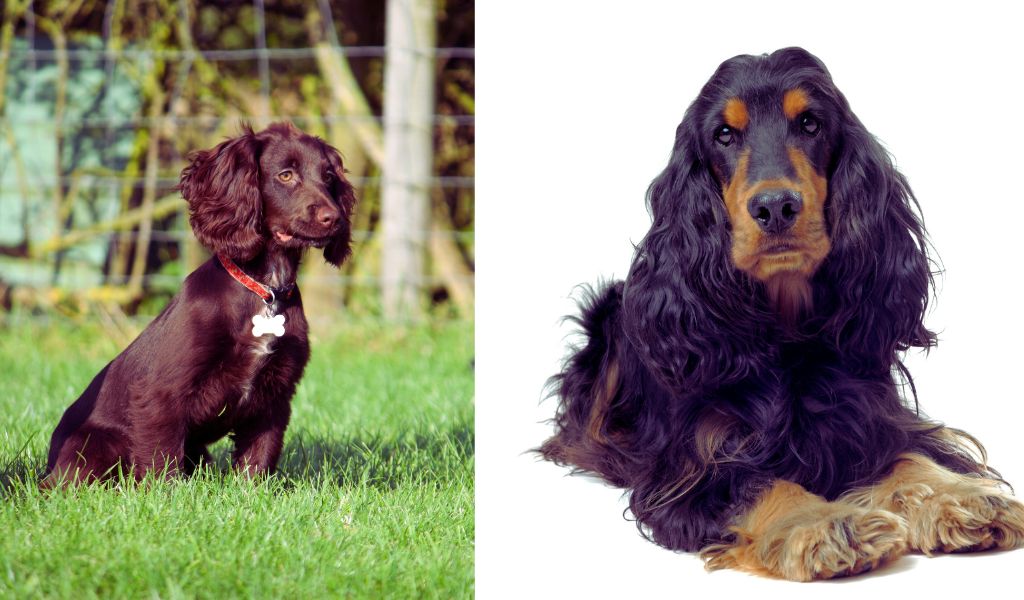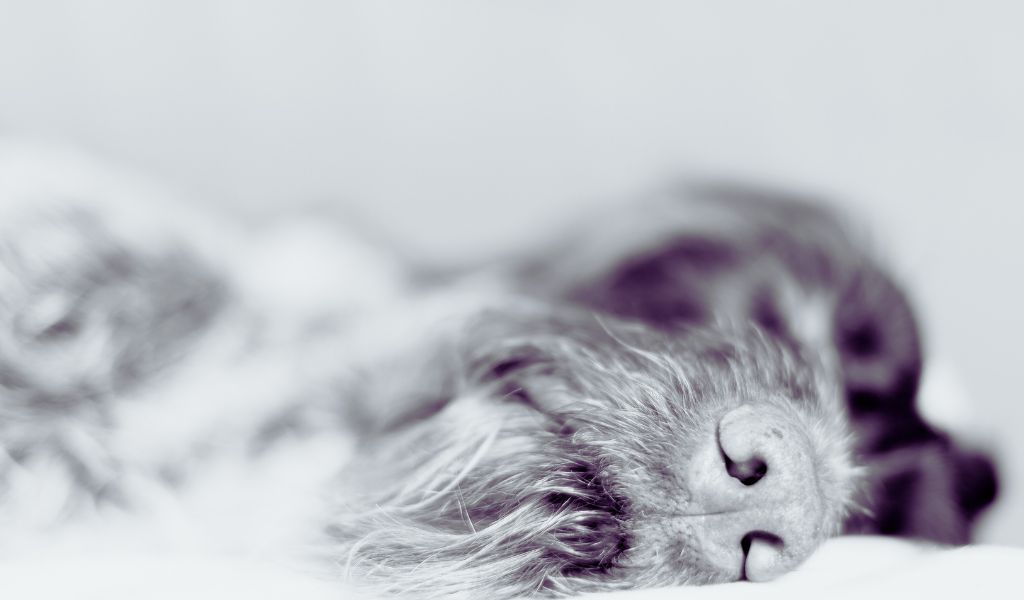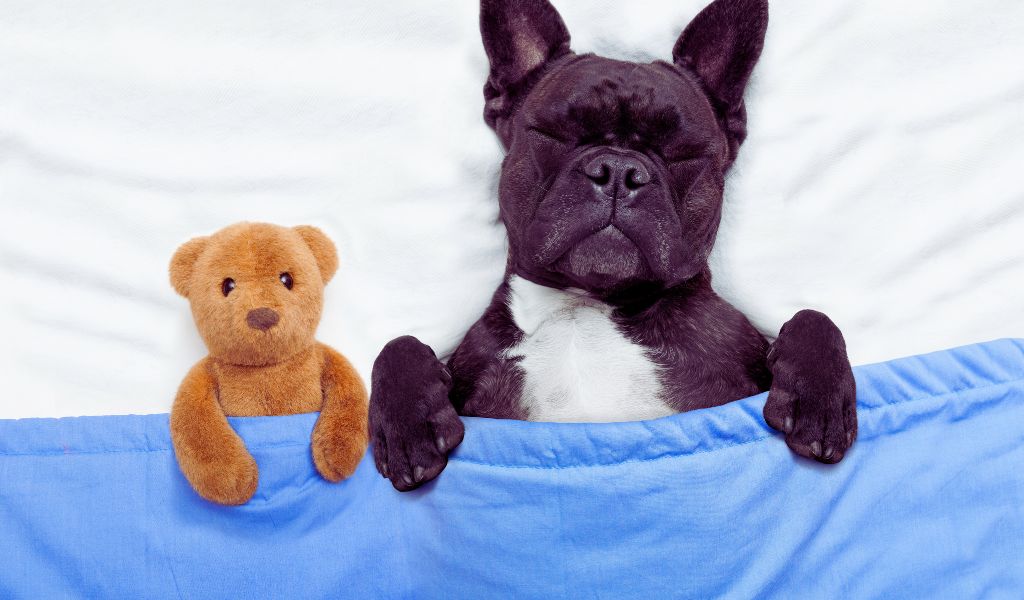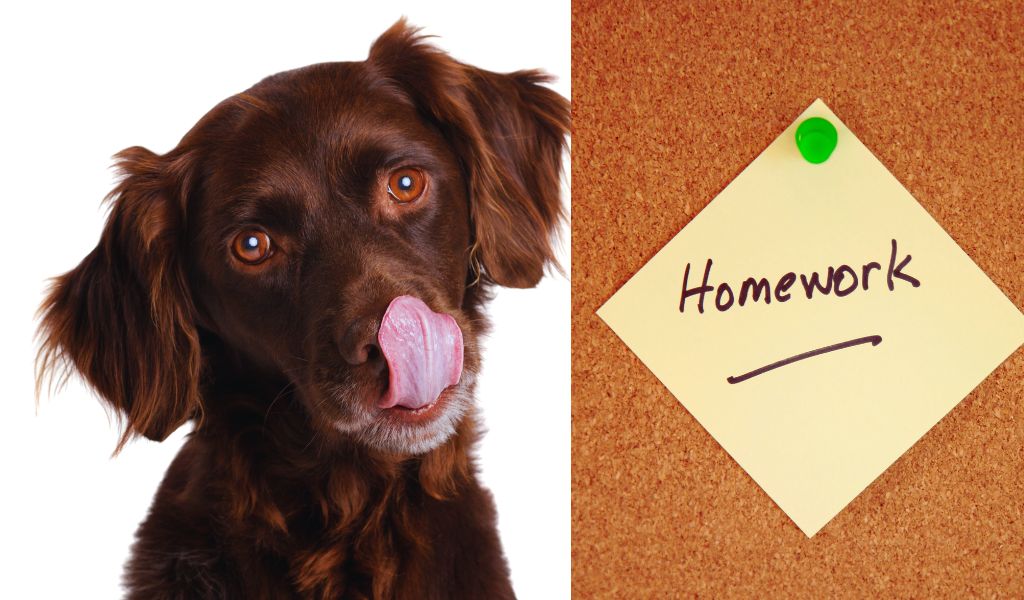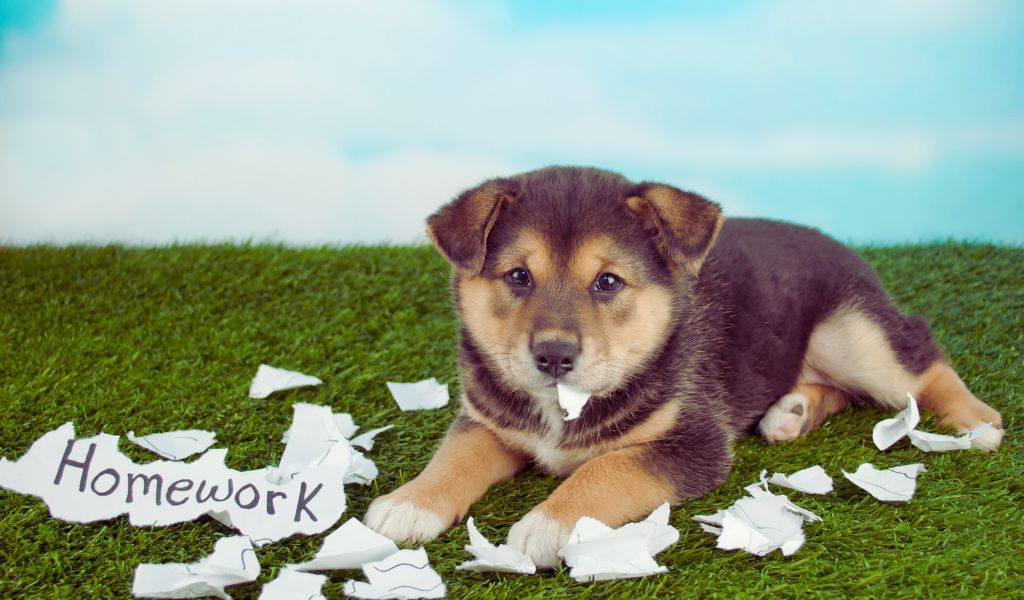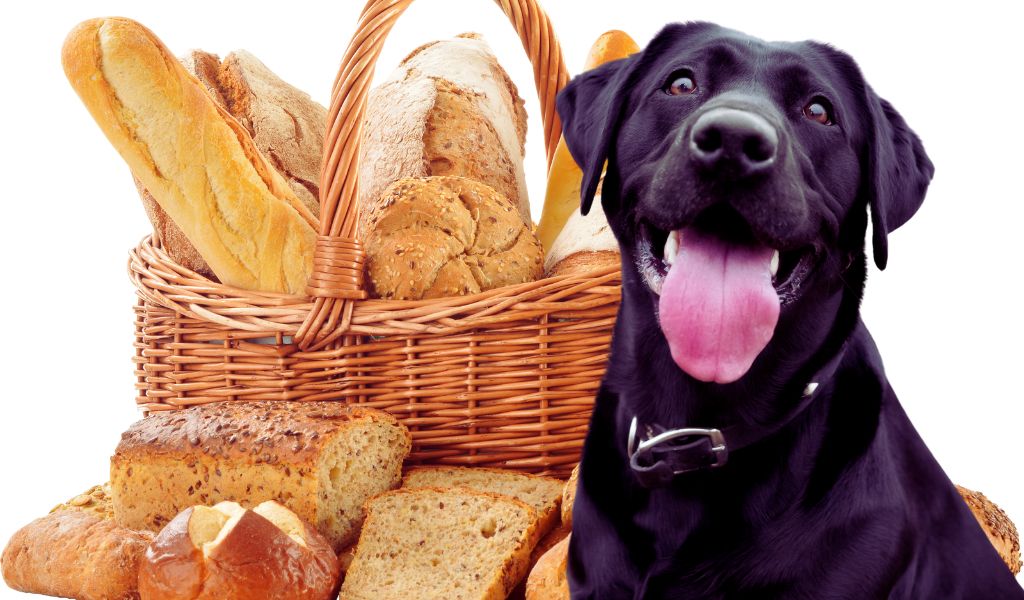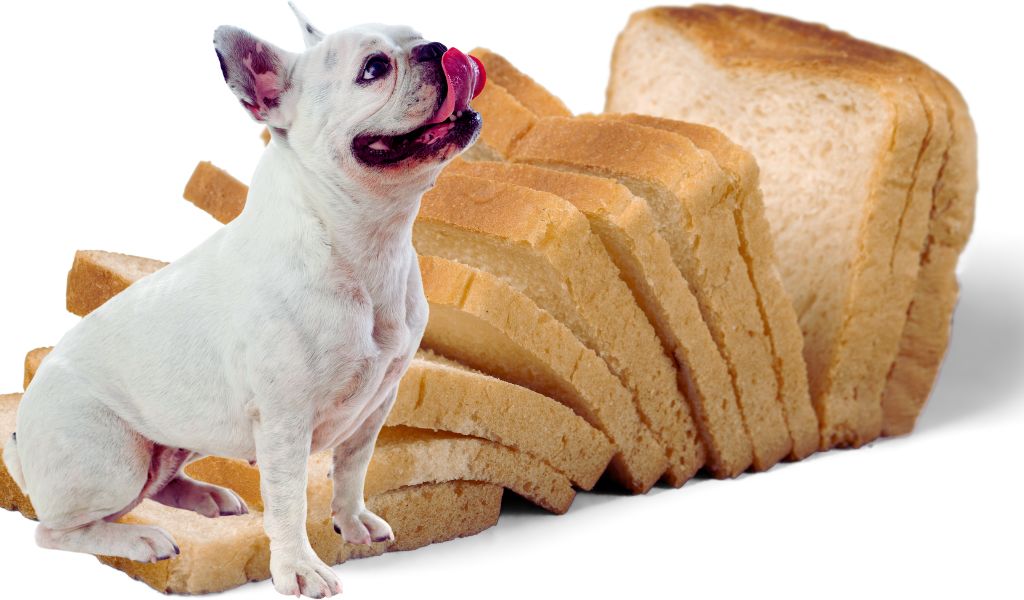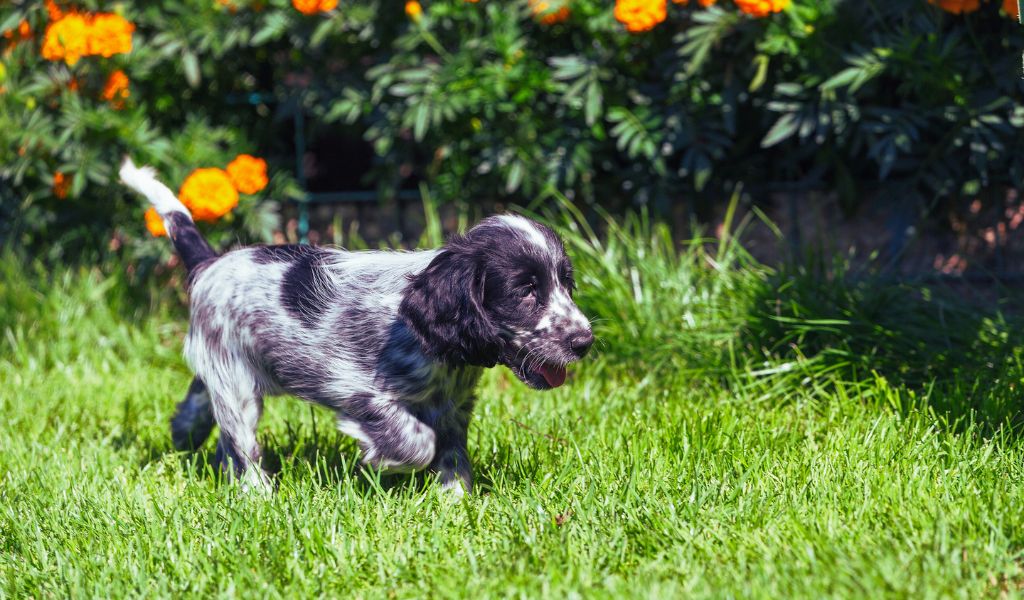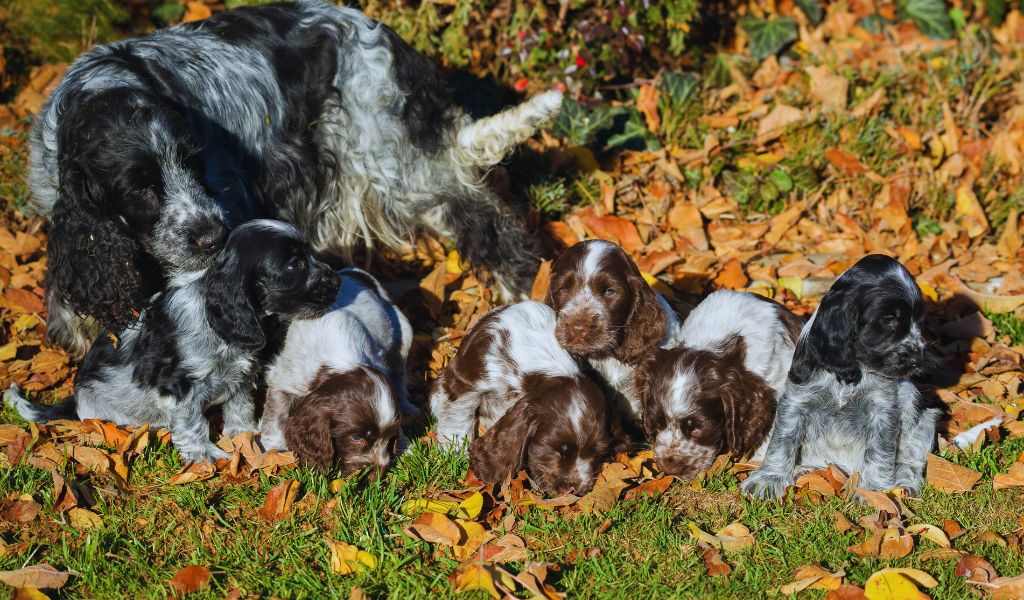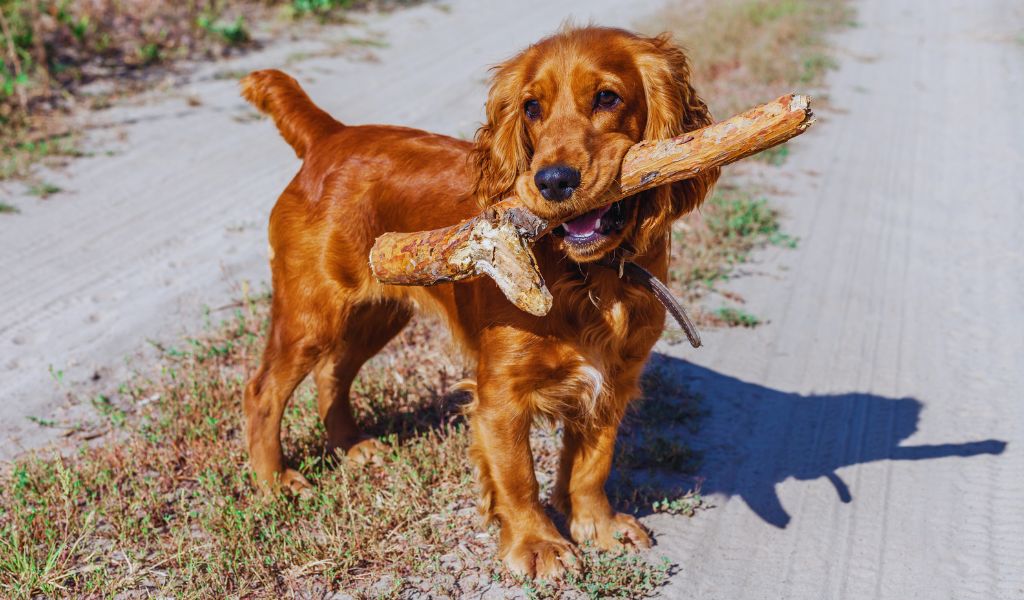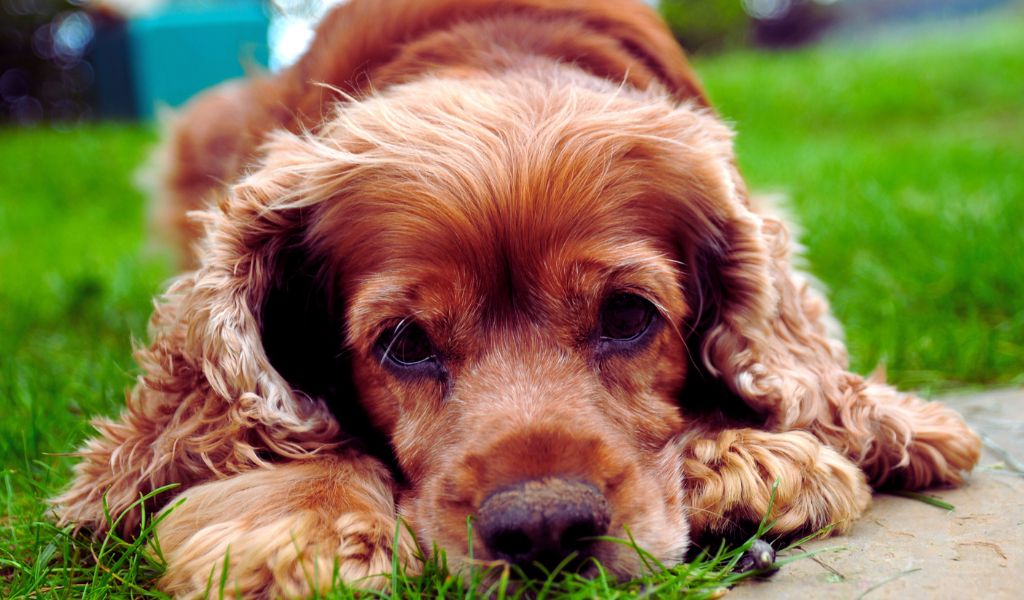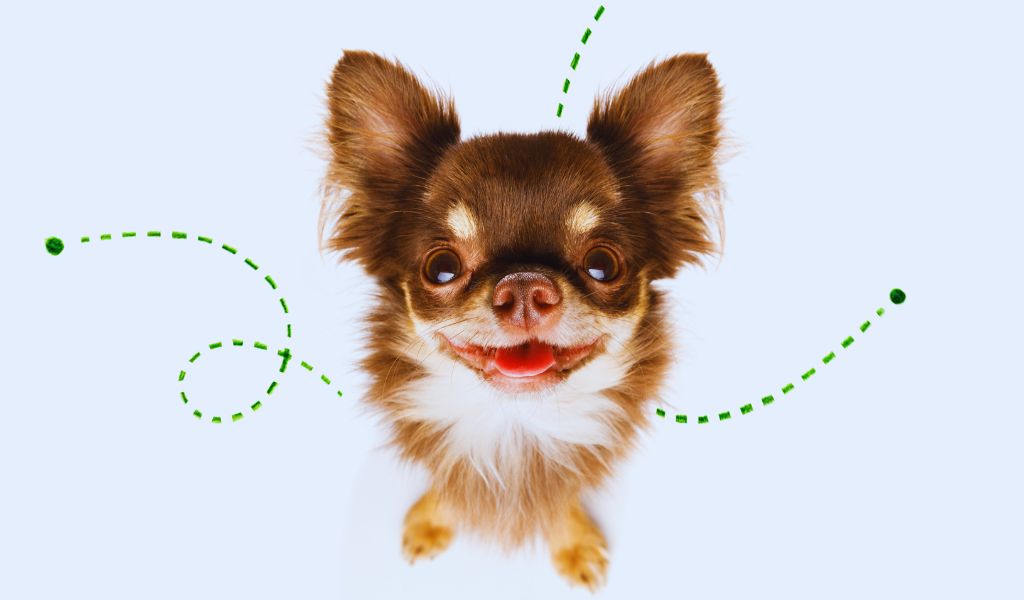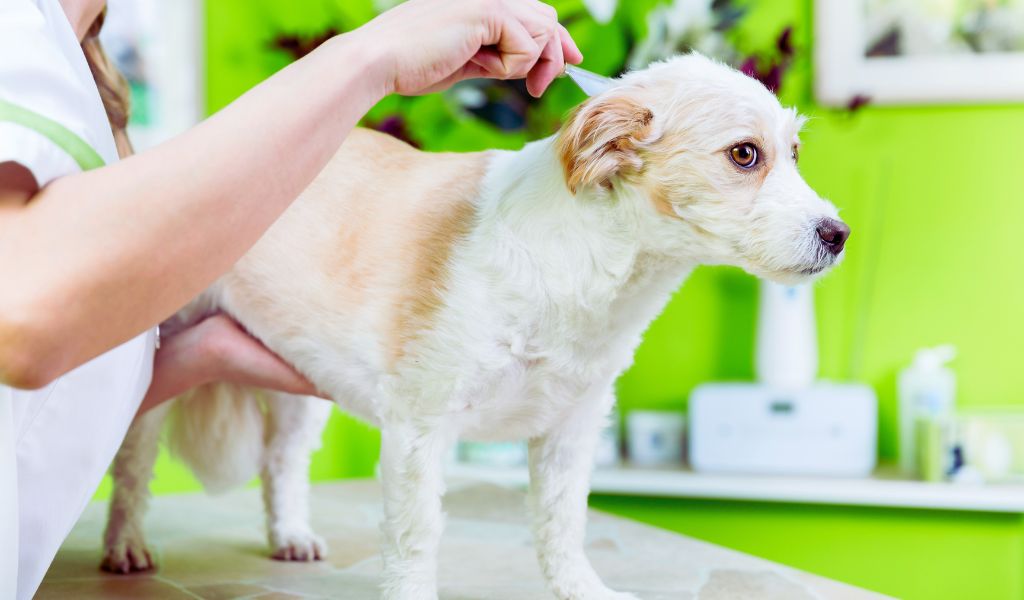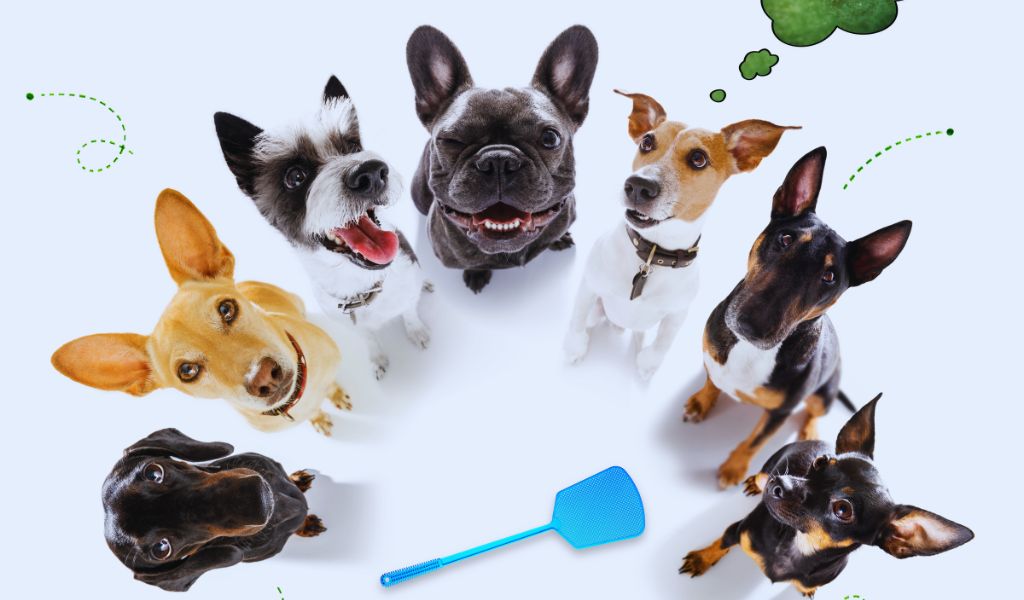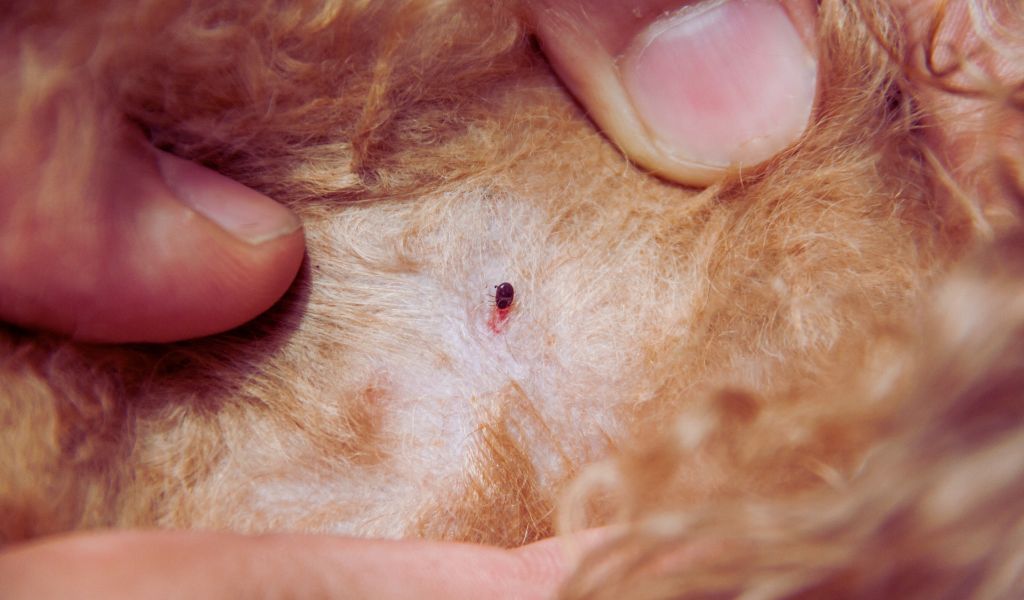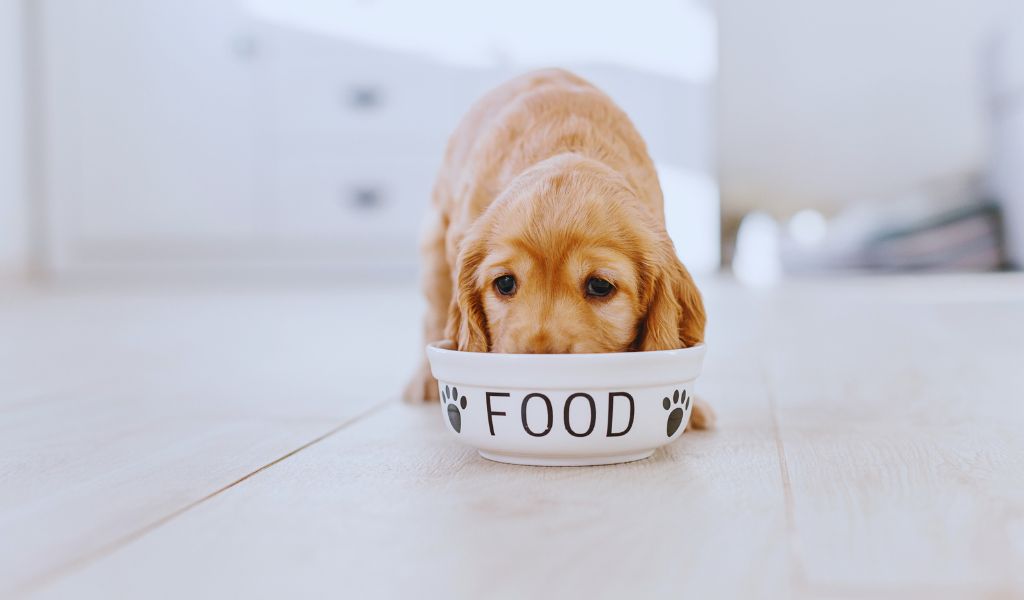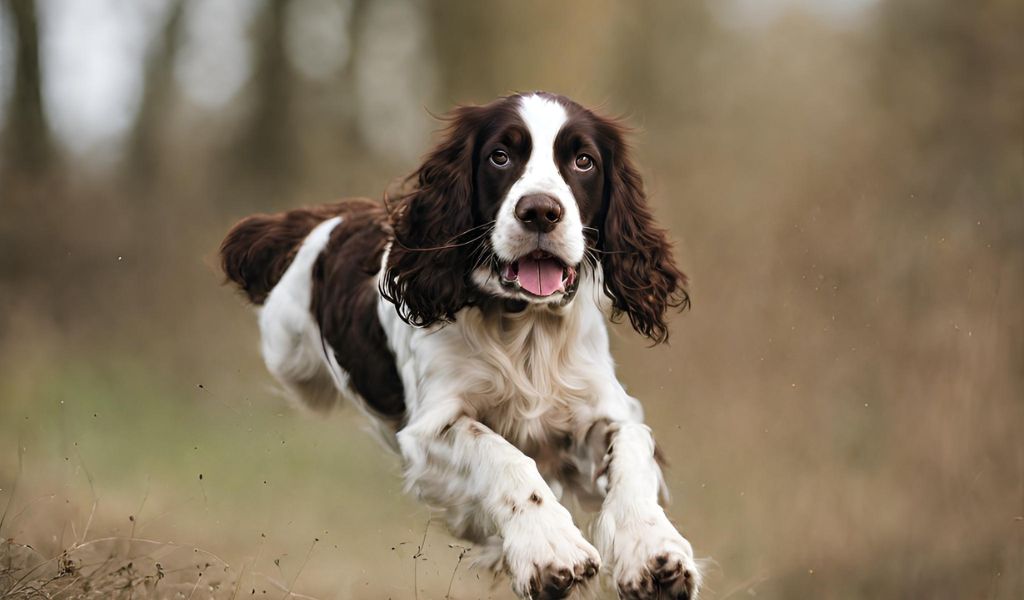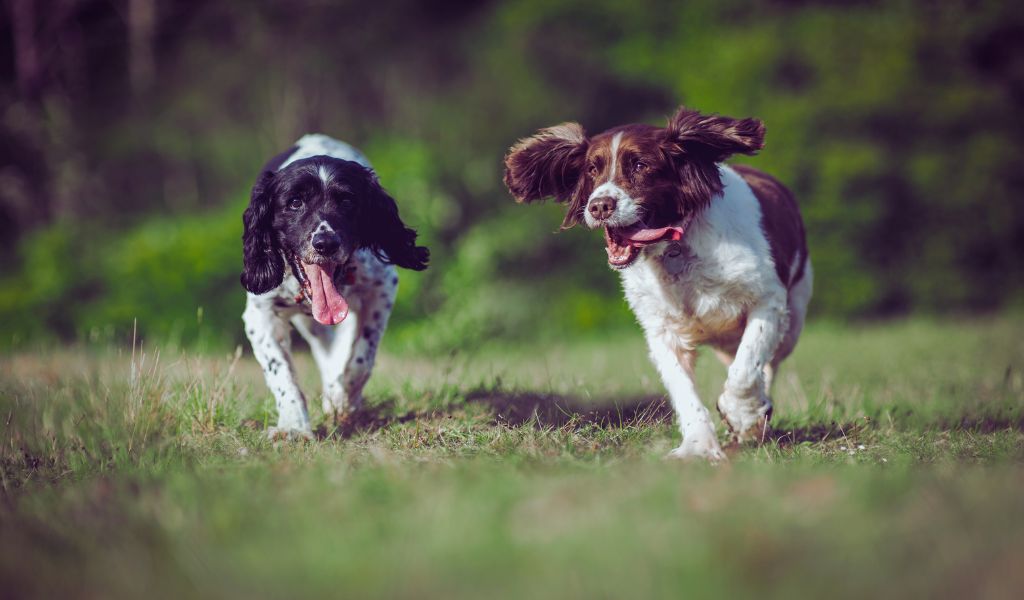Cocker spaniels are a popular breed known for their friendly and affectionate nature.
However, within the breed, there are two distinct types, working Cocker spaniels and show Cocker spaniels.
While they may look very similar at first glance, there are some key differences between the two varieties.
Working Cocker spaniels are bred primarily for their hunting and retrieving abilities. They tend to have a more athletic build, with shorter legs and a shorter coat that is easier to maintain. Show Cocker spaniels, on the other hand, are bred for their appearance and conform to a specific breed standard set by Kennel clubs. They typically have a more luxurious coat, long legs, long ears and a fuller face.
Temperament
In terms of temperament, working Cocker spaniels are known for their high energy levels and intelligence, making them excellent working dogs.
Show Cocker spaniels are often more laid back and enjoy being pampered and shown off in conformation events.
Understanding the differences between these two types can help potential owners choose the right type of Cocker spaniel for their lifestyle and preferences.
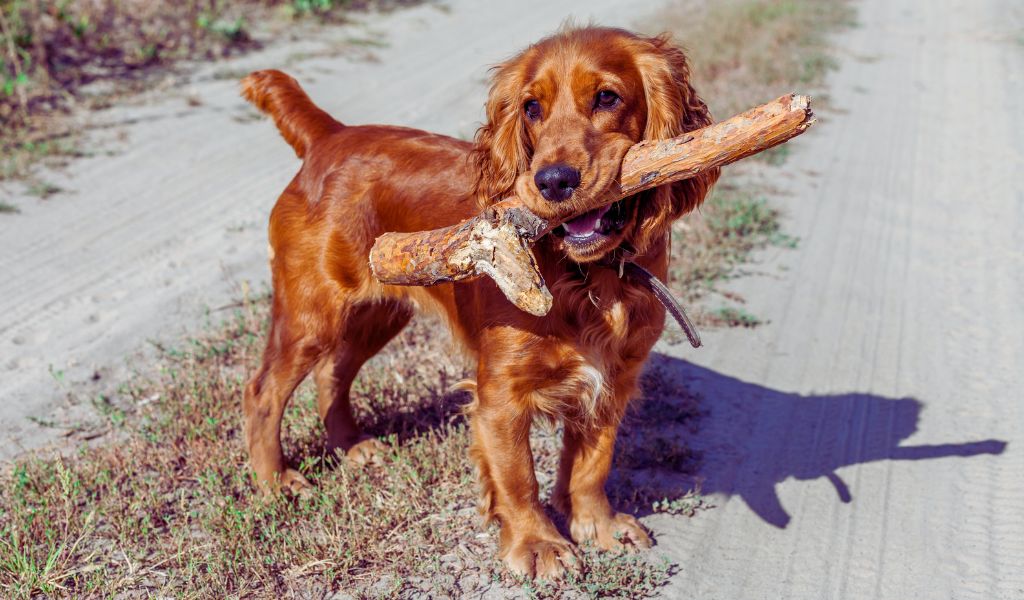
Origin and History of Cocker Spaniels
The Cocker Spaniel traces its origins back to the United Kingdom.
Originally bred for hunting woodcock, these working Cockers are known for their energetic and affectionate nature.
Over time, two distinct varieties of the breed emerged – the show-type Cocker and the working Cocker.
The show type was developed for conformation events and is often seen as a show dog, with a distinctive feathered coat and a less athletic appearance.
On the other hand, the working strain was bred for hunting and has a more agility-focused physique.
Appearance
In terms of appearance, the show and working Cocker spaniel can differ significantly, with the show type having a fuller coat and more pronounced features.
Both types of Cockers can have a high ‘drive’ in terms of behaviour and need to expend energy, but there are significant differences between the requirements of show Cockers and working Cockers.
Working Cockers are like the Apollo Astronauts of the 1960s and early 70’s. Intelligent, laid back and up for anything, whereas show Cockers are much more likely to remain in the departure lounge while thinking about their next pageant competition.
If you’re considering buying a Cocker spaniel, it’s important to understand the differences between show and working types, as each has their own unique characteristics.
What Makes Them Different?
Working Cocker Spaniel: These dogs are all about action. They’re bred for hunting and love to be active.
Their bodies are lean and agile, perfect for running around outdoors.
Working Cockers have short coats that don’t need much grooming, and their ears might be a bit longer.
They’re smart and full of energy, making them great companions for outdoor activities like retrieving and tracking.
Show Cocker Spaniel: Show Cockers are more about style and looks.
They’re bred to compete in dog shows, so they have a more polished appearance.
Their coats are long and luxurious, but that means they need regular grooming to keep them looking good.
Show Cockers have a gentle temperament and are well-behaved, making them popular as family pets.
FAQs. The difference between working Cockers and show Cockers
What do they look like?
Do they behave differently?
Which one is better for first-time owners?
Can working Cockers be good pets too?
Are there health differences between the two?
In a nutshell, whether you’re drawn to the sporty charm of a working Cocker or the elegant beauty of a show Cocker, both types offer companionship and joy to their owners.
Understanding their differences can help you choose the right fit for your lifestyle and enjoy many happy years together.
